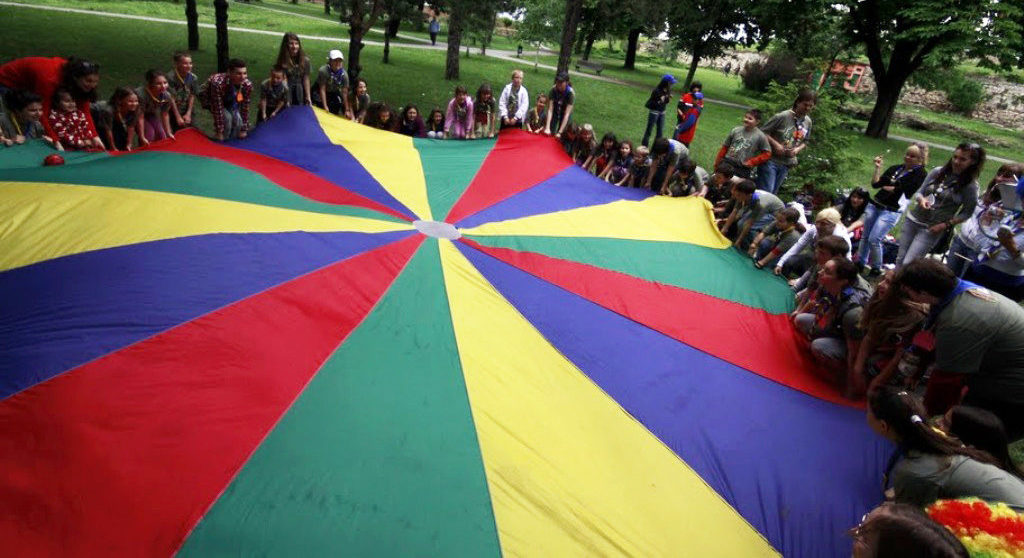MENUMENU
- About
- Programs
Sustainability is at the core of everything we do.

- Our Impact Areas
- Locations
- Featured Approaches
- Blog
- Podcasts
- Reports
- Donate

A sustainable community takes into account, and addresses, multiple human needs, not just one at the exclusion of all others. It is a place where people of diverse backgrounds and perspectives feel welcome and safe, where every group has a seat at the decision-making table, and where prosperity is shared.
It takes a long-term perspective – focusing on anticipating and adapting to change in both the present and future.
A sustainable community manages its human, natural, and financial capital to meet current needs while ensuring that adequate resources are available for future generations.
Since 1991, ISC has worked with thousands of communities, organizations, institutions and companies in more than 30 countries. We believe strong communities are the foundation of a peaceful and healthy planet for humanity. We have concluded that climate change, income inequality, and social injustice are the biggest threats to building strong, sustainable communities and hence these challenges define our current priorities.

ISC’s mission is to help communities around the world address environmental, economic and social challenges to build a better future shaped and shared by all.
ISC developed the following elements of a sustainable community in 1995 (which were adopted by the President’s Commission on Sustainable Development in 1997):
LEADERSHIP, CIVIC ENGAGEMENT AND RESPONSIBILITY
ECOLOGICAL INTEGRITY
ECONOMIC SECURITY
SOCIAL WELL-BEING
